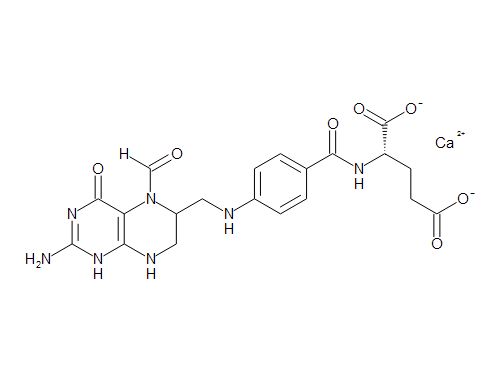New research from the University of Texas Southwestern in Dallas has identified two potential new treatments for autism spectrum disorder, targeting the impact of a faulty gene on neural communication.
Autism — which is often used as an umbrella term for autism spectrum disorder (ASD) — is characterized by repetitive behaviors, impaired social communication, and very focused interests.
According to estimates from the Centers for Disease Control and Prevention (CDC), around 1 in 68 children in the United States have been diagnosed with ASD.
Treatments for ASD are often focused on addressing the behavioral symptoms and helping people with the disorder to learn better communication strategies. So far, relatively few efforts have targeted the biological causes of autism.
Now, researchers from the University of Texas Southwestern in Dallas are exploring the route of learning more about these biological factors in order to address them directly.
The study, led by Dr. Craig Powell, has identified two potential treatments that could restore the neurotransmission processes affected by the absence of a gene known as KCTD13.
Dr. Powell and team published the results of their research in the journal Nature.
Missing gene ‘impairs brain function’
The KCTD13 gene encodes a protein with the same name, and previous studies have linked its expression level with abnormal brain size, arguing that “[b]oth the loss and the gain of [the chromosomal segment that contains this gene] confer a significant risk of autism and developmental delay.”
Dr. Powell and colleagues’ research, however, revealed that KCTD13 plays an entirely different role: it is not tied not to brain size but to synaptic transmission, or neurotransmission. This is the neurons’ ability to transmit information.
“[W]e were quite surprised that the Kctd13 deletion did not result in increased brain size, increased embryonic cell proliferation, and changes in migration,” Dr. Powell told Medical News Today, explaining that he and his team were expecting to confirm the results of previous studies.
The researchers also identified drugs that may be able to reverse the faulty connectivity that comes as a result of this gene’s deletion.
Dr. Powell and team used mice to investigate what the KCTD13 protein actually does, as well as what role it plays in autism.
In their experiments, they deleted the gene that encoded the protein in mice, and noted that its absence halved the number of synaptic connections in the animals’ brains.
The researchers noticed that in the absence of KCTD13, the levels of a protein known as RhoA increase, which impairs synaptic transmission.
In its normal expression, KTCD13 helps to regulate this protein, allowing neurons to communicate freely.
Read the whole story at Medical News Today






